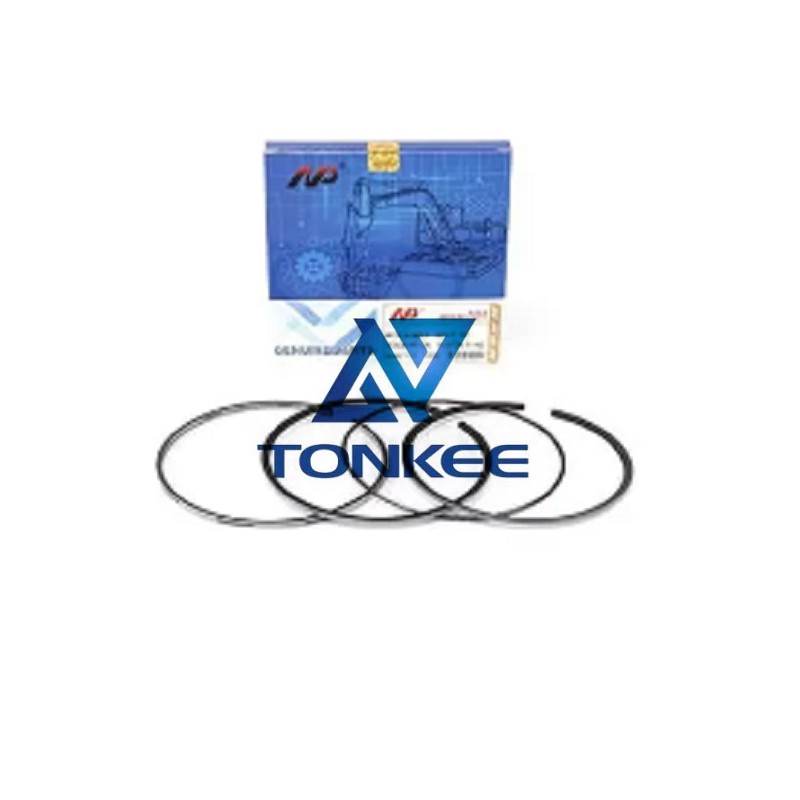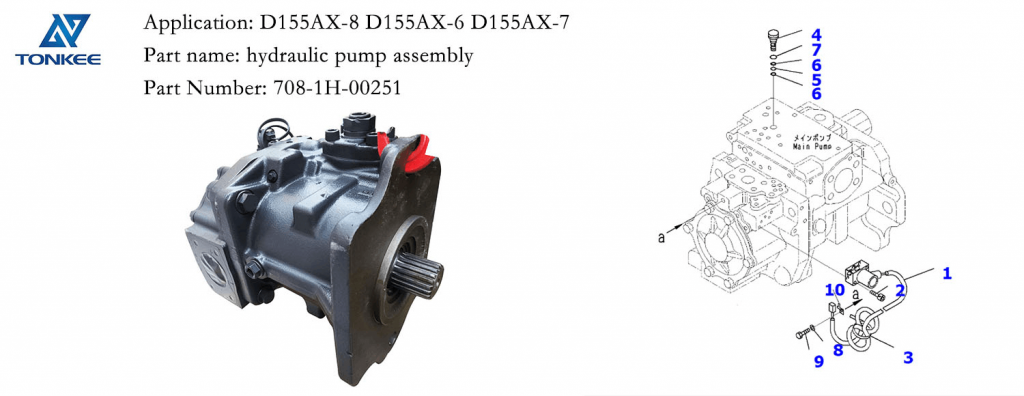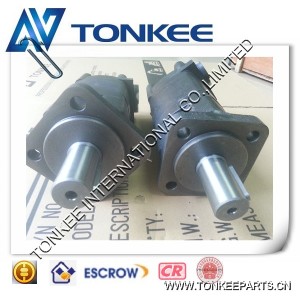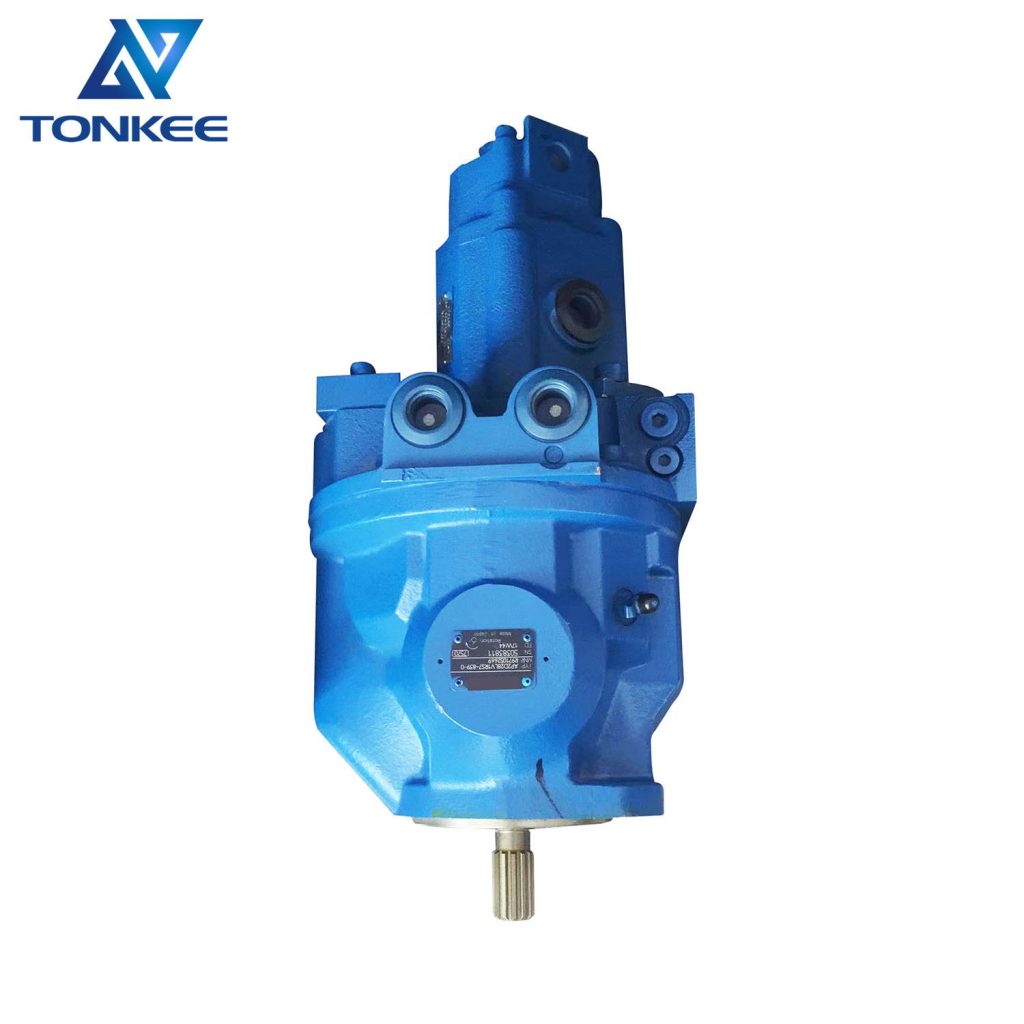
Material: The piston rings are typically made from high-quality materials like cast iron, steel, or alloy combinations.
These materials are chosen for their durability, resistance to wear, and ability to withstand high-temperature and high-pressure conditions within the engine.
Size and Dimensions: The piston rings for these engines are precisely engineered to match the bore size of the cylinders. The dimensions are critical to ensuring a perfect fit, which is essential for maintaining proper compression and preventing oil leakage.
Design and Construction: Piston rings have a three-part construction, comprising the compression ring, oil control ring, and scraper ring. The compression ring is responsible for sealing the combustion chamber, while the oil control and scraper rings manage the lubricating oil to prevent it from entering the combustion chamber.
Ring Thickness and End Gap: The thickness of the piston rings is crucial for maintaining the desired compression ratio. The end gap, which is the space between the ends of the ring when installed in the cylinder, is also carefully specified to prevent ring overlap, which could lead to loss of compression and engine inefficiency.
Heat Resistance: These rings are designed to withstand high temperatures generated during combustion.
This heat resistance ensures that the rings maintain their shape and sealing capabilities under extreme conditions.
Surface Treatment: Many piston rings undergo surface treatments like nitriding or chrome plating to enhance their wear resistance and reduce friction, which contributes to engine efficiency and longevity.
Compatibility: The piston rings are manufactured to be compatible with the specific engines they are intended for, such as the 6SD1, 4BD1, 4BG1, and 6BB1, ensuring a seamless fit and optimal performance.



 English
English Русский язык
Русский язык






